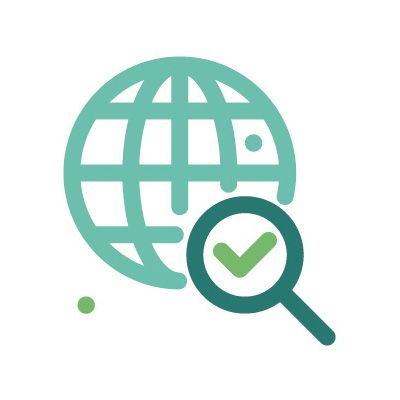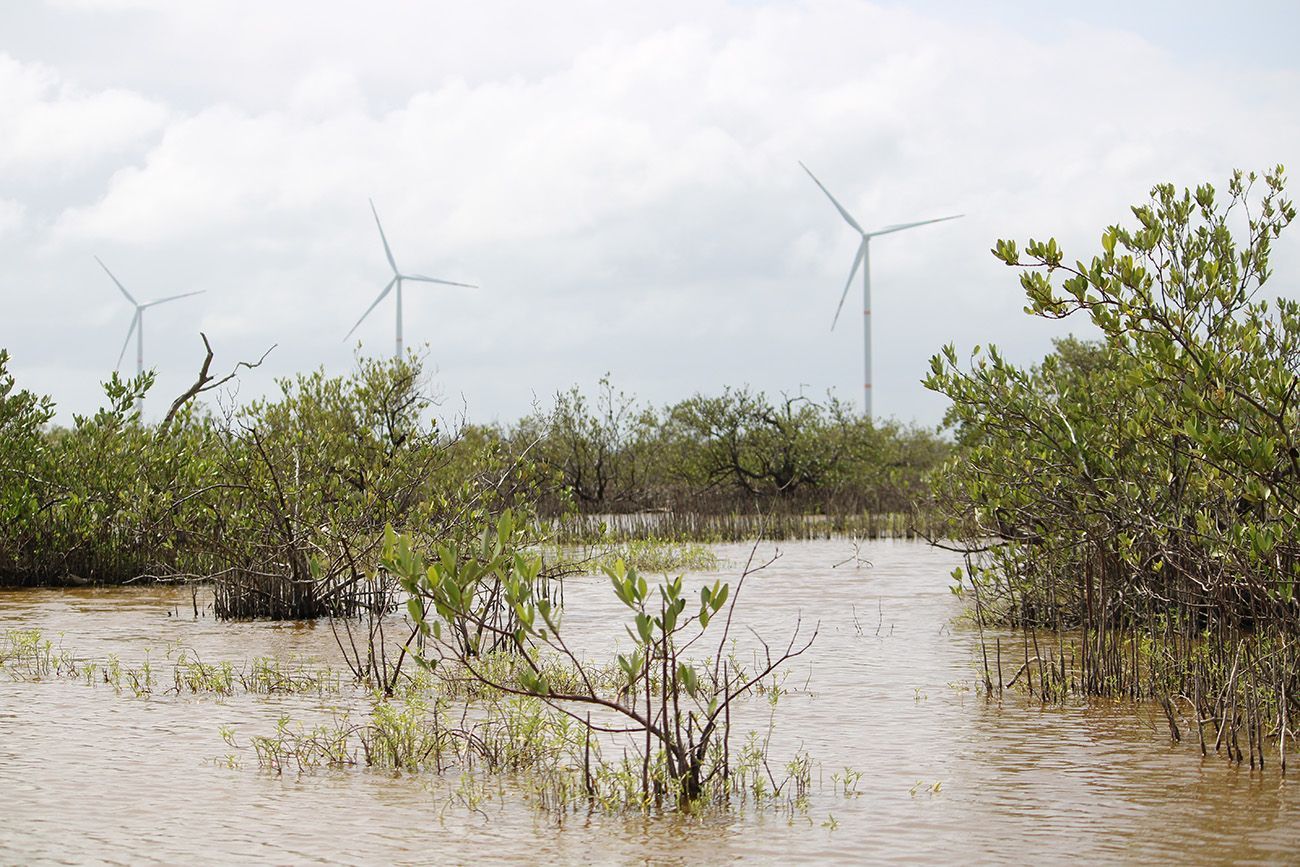

CORESCAM objectives

Science
With the help of our regional and international partners, and counting on their experience and long-term data (1980 – 2020), CORESCAM aims to:
- Analyze whether the recovery of the mangroves and reefs in Central America and the Caribbean is jeopardized owing to the increased impacts of extreme weather events (hurricanes, droughts, ocean heat, floods). The capacity of recuperation is focused on:
- Ecological variables: structure (canopy and coral coverage), species composition (biodiversity of mangroves, birds, corals, and fish) and functionality (primary productivity of forests and reefs).
- Ecosystem services: carbon sequestration, biodiversity support, food security with commercial species of nutritional value such as fish.
- Understand the interaction between mangroves and reefs as parts of an ecological gradient whose management should be treated as a unit, rather than as two disconnected ecosystems (“landscapes to seascapes”, “ridge-to-reef”).
- Characterize the evolution of extreme climatic events in the region.

Mangrove restoration zone in a protected natural area, Sian Ka’an, Mexico. Source: Jorge Herrera, CINVESTAV-Mérida Unit (Mexico).
- How have extreme weather events varied in the region in the period from 1980 – 2020? What climate metrics are most informative?
- Are we losing the capacity for recovery (resilience) of these ecosystems?
- How are the ecosystem services (protection against hurricanes, fighting rising sea levels, provision of food such as commercial fish and shellfish) that these ecosystems provide affected?
- What regions are most affected?
- After being damaged by extreme weather events, what are the factors that contribute to the recovery or loss of mangroves and reefs?

Support for Public Policies
The rich experience of our partners in the governance of the coast and coastal and marine natural resources, as well as in national and regional Public Policies concerning risk reduction, coastal planning and biodiversity conservation bolsters CORESCAM, which aims to:
Foster the restoration of degraded mangroves and reefs:
- Provide the technical teams of the Regional Governments with data and maps of the mangroves and reefs in Central America and the Caribbean, with a particular focus on the regions requiring human participation to foster the restoration and recovery of these ecosystems. This is a growing necessity in light of the increase of extreme events.
- Foster regional reports generated by our partners (e.g. HRI, UEC) on the health status of coastal and marine ecosystems (e.g. Reef Health Index-RHI, Mangrove Recovery Index after hurricanes-UEC, etc.), so that Governments take action to reverse their most degraded ecosystems.
- Share technical reports presenting the evolution of the ecosystem services of mangroves and reefs, including the degree to which those services have been affected by extreme events, and therefore foster their inclusion in programs of payment for environmental services.
Foster the conservation of mangroves and reefs:
- Promote the inclusion of mangroves and reefs as ‘Green Infrastructure’ (Solution Based on Nature) in the policies of risk reduction, coastal planning, and conservation of Biodiversity in the region and in each country, to favor their visibility and in so doing, their legal protection and conservation.
- Review the governance of coastal and marine resources in the region to identify barriers and opportunities for their effective conservation.

In the background, wind turbines from the Dzilam Bravo Wind Farm (Yucatán, Mexico) and young mangroves in a protected natural area. Source: Jorge Herrera, CINVESTAV-Mérida Unit (Mexico).
- What is the legal protection of mangroves and reefs in the Caribbean?
- What improvements can be suggested to make coastal and marine ecosystems more visible and protected?
- What steps should be taken so that the communities that protect the mangroves and reefs can receive payment for their environmental services?
- What role does climate insurance play in promoting mangrove and reef restoration?
- What recommendations can be made to governments and donor agencies so that mangroves and reefs are included as ‘Green Infrastructure’ in risk reduction programs, and in financing programs for reconstruction after extreme events?

Dissemination
Making the most of the infrastructure available at our partners’ facilities (e.g. museums, NASA Hyperwall screen, convention halls, etc.) and their connections with educational groups (e.g. environmental education programs), CORESCAM aims to:
- Make the results and recommendations of our research known to civil society, through scientific talks, informative workshops, visits to schools, museum exhibitions, blogs, podcasts, etc.
- Create a documentary that warns of evolution and the risk of the loss of the protective barrier of coastal and marine ecosystems in the Caribbean, as well as the social and economic implications that this would represent for the region, showing possible solutions.
- Share our results and experience in the Caribbean at UN meetings on climate negotiations (UNFCCC) and on biodiversity (CBD).
- Promote ‘South-South interactions’, where the various governments of the region share successful experiences of restoration and conservation of their mangroves and reefs.
- Connect with other projects that operate in the same area working on similar issues.

Local fisherman among the mangroves of the Gulf of Chiriquí (Panama). Source: Steven Paton, Smithsonian Tropical Research.
- What does civil society know about mangroves and tropical reefs in the Caribbean? What could we teach them? What could they do?
- What experiences exist in the region with successful initiatives of mangrove and reef conservation? What lessons learned can be shared with governments?
- What other projects and partners exist in the region working on similar issues? How can we collaborate?
- What data could be shared in high-influence meetings to alert governments around the globe to the need for urgent action?
